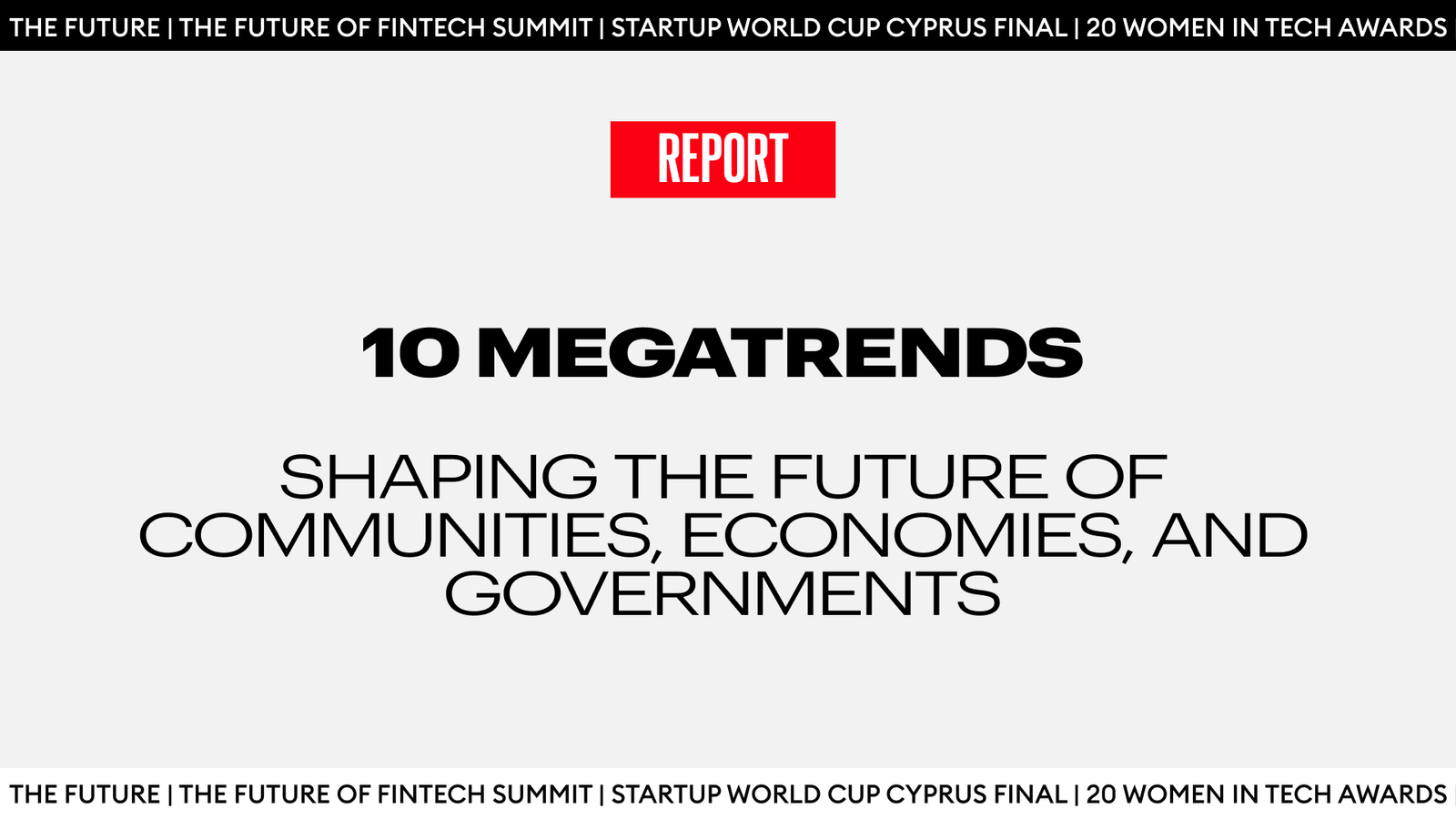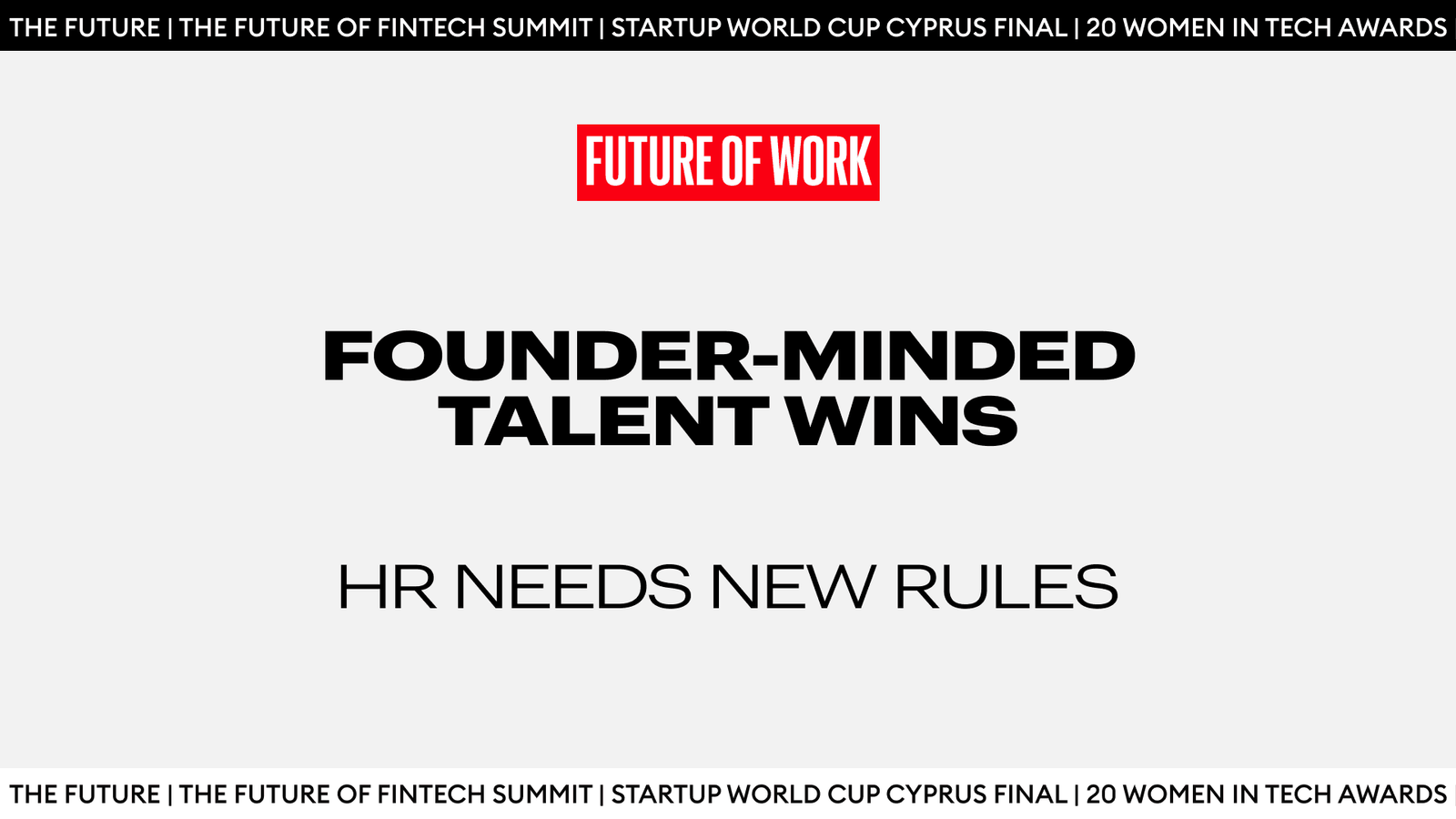In the past decade, technology has transformed the way we live, work, and connect. From the rise of the internet to the exponential growth of artificial intelligence (AI) and quantum computing, these innovations are set to shape the world for decades to come. In its latest report, Future Opportunities: The Global 50, the Dubai Future Foundation (DFF) highlights ten megatrends that will drive improvements in quality of life, boost economic development, and enhance governmental performance globally. Here’s a closer look at the transformative forces defining our future.
1. The Materials Revolution: From Permanent Magnets To Quantum Innovations
Materials are the foundation of everything we use, from the food we consume to the technology we rely on. The material revolution, powered by advances in nanotechnology, machine intelligence, and interdisciplinary research, is creating new possibilities across multiple sectors.
Follow THE FUTURE on LinkedIn, Facebook, Instagram, X and Telegram
Three key areas to watch are permanent magnets, biomimetic materials, and quantum materials. Permanent magnets are vital to the clean energy transition, found in wind turbines and electric vehicle motors, offering significant energy savings. The demand for these magnets is expected to nearly double by 2050. Biomimetic materials, inspired by nature, promise to revolutionize fields ranging from engineering to healthcare, potentially adding $1.6 trillion to the global economy by 2030. Meanwhile, quantum materials, essential for the advancement of quantum computing, are poised to reshape industries like finance, healthcare, and defense, with the potential to generate over $2 trillion in economic value by 2035.
2. Data In The Age Of 6G And Multimodal AI
As technology evolves, data will become not only more abundant but more complex. The proliferation of 5G and the upcoming 6G networks will create unprecedented opportunities across industries. 6G promises breakthroughs such as remote surgery, real-time health monitoring, and hyper-advanced automation, potentially generating $3.2 trillion in global growth by 2030.
The rise of multimodal AI, which processes data from multiple sources like text, images, and sound, is another game-changer. By 2027, 40% of AI applications are expected to use this approach, revolutionizing fields like healthcare and finance. Additionally, sports AI, poised to be worth $30 billion by 2032, will revolutionize how teams and athletes optimize performance.
3. New Vulnerabilities: Cybersecurity And Psychological Insights
As technology progresses, so do the threats it brings. Cybercriminals are now leveraging AI to execute increasingly sophisticated attacks. To combat this, incorporating psychology into cybersecurity can help better understand and prevent cyberattacks.
Equally crucial is the rise of cybersecurity—a growing threat as biotechnology advances. In many regions, awareness of cybersecurity remains insufficient, leaving sectors like biotech vulnerable. Education and training are essential to ensure industries are prepared for the next wave of risks.
4. Energy Transitions: Game Theory And Clean Energy Innovation
The race to achieve net-zero emissions by 2050 requires colossal investment—around $275 trillion by 2050. One of the key strategies to reach this goal is the application of game theory, which models decision-making in scenarios where the actions of others directly influence outcomes. This approach, combined with innovative clean energy solutions, will drive the global economy towards sustainability. By 2030, the clean energy market is expected to reach $650 billion, creating millions of jobs worldwide.
5. Environmental Regeneration: From Urban Development To Acoustic AI
In response to climate change and resource depletion, environmental impact management is shifting focus from merely reducing harm to actively regenerating ecosystems. Regeneration, especially in urban planning, aims to restore biodiversity and rejuvenate damaged environments. Additionally, acoustic AI is emerging as a powerful tool to monitor and improve ecosystems, from marine life to urban settings, offering new avenues for conservation.
6. A Borderless World: Digital Assets And Transdisciplinary Education
The rise of digital assets is one of the most significant trends in the evolving global landscape. Tokenized markets are predicted to hit $2 trillion by 2030, but digital assets remain largely unregulated, with gaps in universal definitions and frameworks. As this market grows, so will the need for a coherent regulatory approach.
At the same time, the interconnected nature of modern challenges—spanning environmental, societal, and technological sectors—necessitates a transdisciplinary approach. Universities and institutions will increasingly offer programs that blend law, technology, ethics, and international relations to address these complex issues.
7. Virtual Realities: The Rise Of Immersive Experiences
As quantum technologies mature, immersive virtual experiences will become indistinguishable from reality. While the market for virtual reality (VR) and augmented reality (AR) headsets faced a dip in 2022, sales are expected to surge again by 2025, with an annual growth rate of nearly 86% by 2028. This growth will transform industries ranging from entertainment to the arts, where interactive digital theatre experiences are already changing the way audiences engage with performances.
8. Autonomous Robots And Automation: A Shift In The Workforce
Robots are moving beyond their traditional roles in manufacturing and logistics into sectors like healthcare and service industries. Advances in biomimicry and soft robotics are enhancing the functionality of robots, making them more adaptable and capable of working alongside humans in diverse environments. However, trust in these robots remains a barrier, and overcoming both technical and emotional challenges will be key to their widespread adoption.
9. AI In Human Interaction: From Creative Economies To Dispute Resolution
As AI continues to evolve, it will influence not just how we work but how we interact with each other. In the creative economy, which generates $2.3 trillion annually, the integration of AI will push the boundaries of artistic expression. However, challenges like funding and falling enrollment in arts education may threaten growth in this sector.
Equally promising is the potential of AI-powered dispute resolution. With over 5 billion people lacking access to justice, AI could help bridge this gap, offering an efficient, cross-border solution to legal disputes.
10. Health and Nutrition: The Rise Of Epigenetics And Personalization
The future of health and nutrition lies in precision medicine, which tailors treatments to individual genetic profiles. Epigenetics, which studies how environmental factors influence gene expression, will play a crucial role in understanding health risks. As the epigenetics market expands, research will increasingly focus on understanding how external factors, like air quality, affect long-term health.
Personalized medicine, already making significant strides with FDA approvals, will continue to grow, shifting focus to include diverse populations to ensure that treatments are effective across all demographics.
These megatrends are not just shaping industries; they are reshaping societies, economies, and the way we interact with the world around us. As these forces evolve, they will define the opportunities and challenges of the future, making it essential to stay ahead of the curve to harness their full potential.









